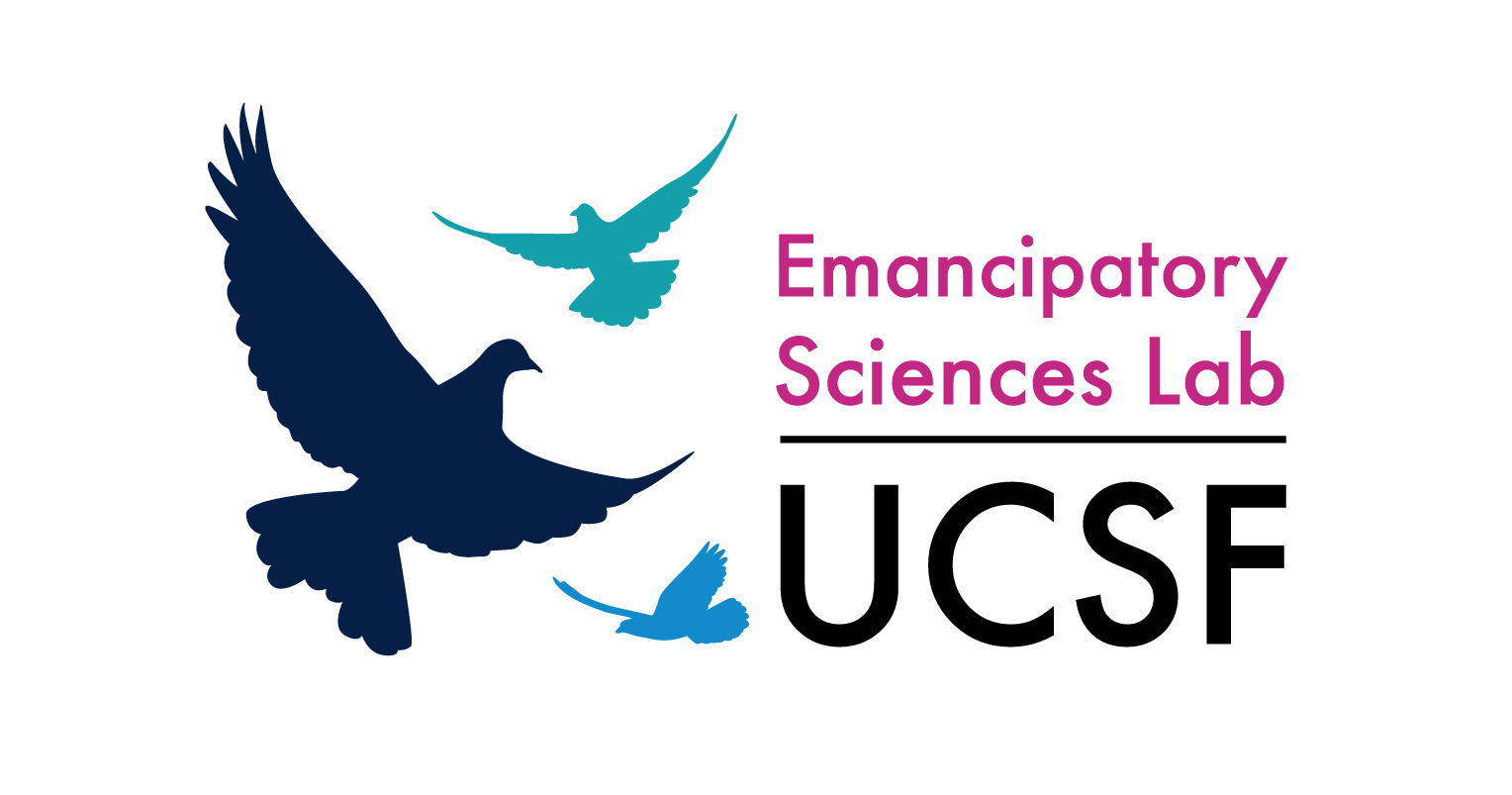| Title | The Association of Third Places and Violence-Related Adverse Childhood Experiences |
| Publication Type | Journal Article |
| Year of Publication | 2025 |
| Authors | Chabot, MJ, Sun, D, Reynen, DJ, Leff, S, Flynn, AB, Mitchell, C, Yeh, J |
| Journal | Adversity and Resilience Science |
| Date Published | 08/2025 |
| Keywords | ACEs, Public Health, social infrastructure, third places |
| Abstract | Exposure to violence, a significant adverse childhood experience (ACE), can undermine physical safety and disrupt brain development, increasing the risk of mental health issues and chronic disease later in life. While extensive research on ACEs has focused on individual resilience, family dynamics, and neighborhood support in relation to specific health and behavioral outcomes, the role of neighborhood amenities remains underexplored. These public spaces outside of home or school such as libraries, parks, and recreational centers, referred to as “third places” may foster resilience by providing children with opportunities for safe, positive social interactions with peers and adults. Using data from California’s 2022–2023 enhanced National Survey of Children’s Health (NSCH), we explored the relationship between the presence of third places in a neighborhood and children’s exposure to violence-related ACEs. Violence-related ACEs were defined based on caregiver reports of children’s exposure to domestic or community violence. The availability of third places was assessed through caregiver-reported presence of libraries, parks, or recreational centers within the neighborhood. Our findings suggest that third places may serve as a protective buffer against the negative effects of violence-related ACEs. By offering safe environments, educational resources, and opportunities for positive social engagement, third places could play a crucial role in fostering resilience. Public health initiatives that prioritize the development and accessibility of such community assets may help mitigate children’s exposure to violence, while enhancing family and community well-being. |
| URL | https://rdcu.be/eA53G |
| DOI | 10.1007/s42844-025-00178-z |
